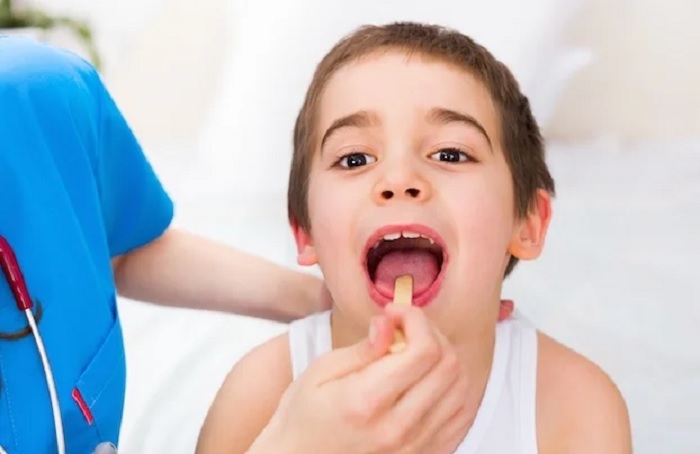Understanding Polio: Symptoms, Causes, and Prevention

Polio, once a deadly and feared disease, remains a threat in some parts of the world. While significant progress has been made to eliminate it, understanding the symptoms, causes, and prevention of polio is crucial to protect yourself and your community.
What is polio?
Polio, or poliomyelitis, is a viral disease caused by the poliovirus. While the majority of individuals infected may experience mild or no symptoms, some can suffer from paralysis or even death in severe cases.
The poliovirus has three types: wild poliovirus types 1, 2, and 3 (WPV1, WPV2, and WPV3). Fortunately, wild poliovirus types 2 and 3 have been eliminated, and type 1 persists in only a few regions where it poses a higher risk of causing paralysis.
Types of polio
Polio can occur in different forms, depending on where the virus attacks within the body:
- Abortive Poliomyelitis – triggers flu-like and intestinal symptoms, lasting only a few days with no long-lasting issues.
- Non-paralytic Poliomyelitis – leads to aseptic meningitis (enlargement of the brain’s surrounding tissue), requiring hospitalization due to more pronounced symptoms.
- Paralytic Poliomyelitis – results in paralysis of muscles controlling breathing, speech, swallowing, and limb movement. It is a rare outcome, affecting less than 1% of polio cases. Subtypes include spinal polio, bulbar polio, and bulbospinal polio.
- Polioencephalitis – a rare type predominantly affecting infants, causing brain swelling.
- Post-polio Syndrome – symptoms of polio reoccur years after the initial infection.
How does polio spread?
Polio is highly contagious and can easily spread from person to person. It usually spreads through respiratory droplets (coughing, sneezing) and contact with infected feces. Poor hygiene, contaminated water, and infected surfaces can facilitate transmission.
How does polio affect the body?
Poliovirus enters the body through the mouth or nose, replicating in the throat and gut. In severe cases, it can infiltrate the brain and spinal cord, leading to paralysis and affecting limbs, breathing, and other critical functions.
Symptoms of polio
While 70% of infected individuals remain asymptomatic, those with symptoms may experience flu-like symptoms, digestive issues, and, in severe cases, paralysis.
- Abortive Poliomyelitis: Fatigue, fever, headache, vomiting, diarrhea, constipation, and sore throat.
- Non-paralytic Poliomyelitis: Neck stiffness, pain or tingling in limbs, severe headache, and light sensitivity.
- Paralytic Poliomyelitis: Touch sensitivity, muscle spasms, and paralysis, affecting either limbs (spinal polio), breathing, swallowing, and speech (bulbar polio), or a combination of both (bulbospinal polio).
- Polioencephalitis: Fatigue, anxiety, trouble focusing, and seizures.
Who is at risk for polio?
Individuals are at a higher risk of contracting polio if:
- They have not received polio vaccination
- Live in areas with poor sanitation
- Reside or travel to regions where polio persists
- Are under five years old
Is there a cure for polio?
Unfortunately, there is no cure for polio and no specific treatment to expedite recovery or prevent paralysis.
How can I prevent polio?
Polio vaccination is the most effective method for preventing the disease. The recommended newborn vaccination chart includes four doses. For adults, three doses are administered if they have never been vaccinated or if travel or occupational exposure places them at a higher risk.
Polio remains a threat in some parts of the world, but thanks to vaccines, it’s largely preventable. Understanding the symptoms, causes, and prevention can contribute to a future free from this debilitating disease. Consult your healthcare provider if you have concerns or haven’t been vaccinated.






